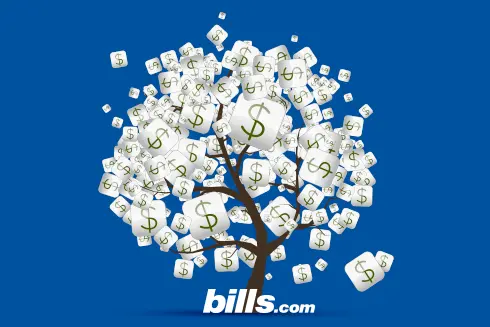How Aunt Becca Helped Me Get Out of Debt

Get rid of your debt faster with debt relief
Choose your debt amount
Or speak to a debt consultant 844-731-0836
- 4 min read
A personal story about credit card debt relief and discover ways to get yourself out of credit card debt.
I grew up thinking my aunt knew everything. When I was little, she would take me on nature hikes, naming all the flowers and birds. As a teenager, I spent days with her at the mall watching her pick out the best-looking clothing and learning how to put together stylish outfits. From computers to walking in heels to writing the perfect college entrance essay, Aunt Becca had the best advice.
Within a few weeks of going away to college, I got my first credit card offer in the mail. I wanted to keep up with the new friends I was making, and paying for books and other school expenses with my credit card seemed easy as well. Before long, I was in over my head. I was sure Aunt Becca would know the best way for me to deal with my debt, but I felt too embarrassed to tell her about it. My parents were already doing so much for me that I didn't want to burden them further. I needed debt relief and I wasn't sure where to turn.
So, I did what I was learning to do best at college: research. I looked into debt relief and found some of the most popular options included taking out a second mortgage and borrowing against accounts such as life insurance, 401-Ks and IRAs. Of course, none of those were options for me, seeing as I was still attending school and had never owned a home or held a long-term job. I also couldn't stomach the idea of filing for bankruptcy and destroying my credit rating.
Then a fellow student recommended a visit to the debt consolidation service on campus. Sponsored by the school, it was open to the general public as well as students. Gina, my credit counselor, told me that I was actually in much better shape than many people she helped. I had only one creditor, and the amount of my debt was low, relatively speaking.
Gina suggested that I should pick up a part-time job. She called my credit card company and was able to secure a payment plan for me. I agreed not to take on any more debt and to pay a set amount each month until my balance was paid off. In exchange, the company returned my interest rate to its original level (I'd been paying a penalty rate) and waived a recent late-payment fee. Altogether, the plan spelled the debt relief I needed.
By the time I graduated from college, I certainly felt I'd gained as much life experience as knowledge. During those years, Aunt Becca's health had been deteriorating, but she was still there in the audience to see me accept my degree on graduation day.
At the reception afterward, we chatted and I asked her how she was doing. While her health was stable, she admitted that money was becoming a problem. She'd recently moved to a condo closer to my parents' home and her doctors' offices. She'd also had to cash in one of her IRAs to pay for medical bills. Disability benefits from her job were helping somewhat, but being too ill to work full-time meant she had to put a lot more charges on her credit cards. I quickly got the picture that Aunt Becca needed debt relief even more than I had during my freshman year.
I didn't wait another minute. Still in my cap and gown, I took Aunt Becca to the campus debt consolidation service. She met with a counselor, Allen, and the two were soon talking about strategies to reduce and eliminate her debt. One of Aunt Becca's medical billing accounts had been sent to a collection agency, but Allen felt confident he could get many of her interest rates, including the rate on her credit card, lowered if she entered into a debt management plan (DMP) with the service. With her DMP, Aunt Becca would make one monthly payment directly to the campus debt consolidation service. They would, in turn, use that money to make monthly payments to her creditors.
A few days later, after negotiating with Aunt Becca's medical billing company, credit card companies and other creditors, Allen called her to let her know what her exact monthly payment would be and how long it would take her to pay off her debt. I was happy to be moving back to my hometown where I could visit Aunt Becca often and join with my parents to help her as much as we could while she paid on her debts. I knew my suggestion to go to the debt consolidation service had been the best help I could give, and I felt very glad to begin to return many years' worth of excellent advice.

Get rid of your debt faster with debt relief
Take the first step towards a debt-free life with personalized debt reduction strategies.
Choose your debt amount
Or speak to a debt consultant 844-731-0836